
|
Master |
From |
To |
|
E A Sylvester |
10/1911 |
8/1913 |
|
A S Knight |
4/1912 |
9/1912 |
|
N R Neilson |
8/1913 |
6/1916 |
|
T M Lang |
8/1916 |
4/1919 |
|
J D Kerridge |
7/1918 |
8/1918 |
|
H Strong |
8/1917 |
8/1918 |
|
E W Day |
9/1919 |
12/1919 |
|
A S Knight |
1/1920 |
2/1922 |
|
M D Butterwick |
12/1920 |
|
|
T H Wilford |
2/1922 |
2/1923 |
|
H B Piers |
1/1925 |
10/1926 |
|
W Stanley |
11/1925 |
12/1925 |
|
A Barron |
3/1926 |
4/1926 |
|
C R Jackson |
10/1926 |
11/1926 |
|
E F Gilbert |
11/1926 |
9/1927 |
|
J Attwood |
10/1927 |
12/1928 |
|
E A Comley |
9/1928 |
|
|
C R Bickford |
12/1928 |
1/1929 |
|
A O Morgan |
1/1929 |
3/1929 |
|
J Attwood |
4/1929 |
7/1929 |
|
E A Singeisen |
8/1929 |
|
|
E S Vincent |
8/1929 |
3/1930 |
|
H Schofield |
4/1930 |
10/1930 |
|
W Stanley |
8/1930 |
5/1933 |
|
J McMahon |
4/1932 |
5/1932 |
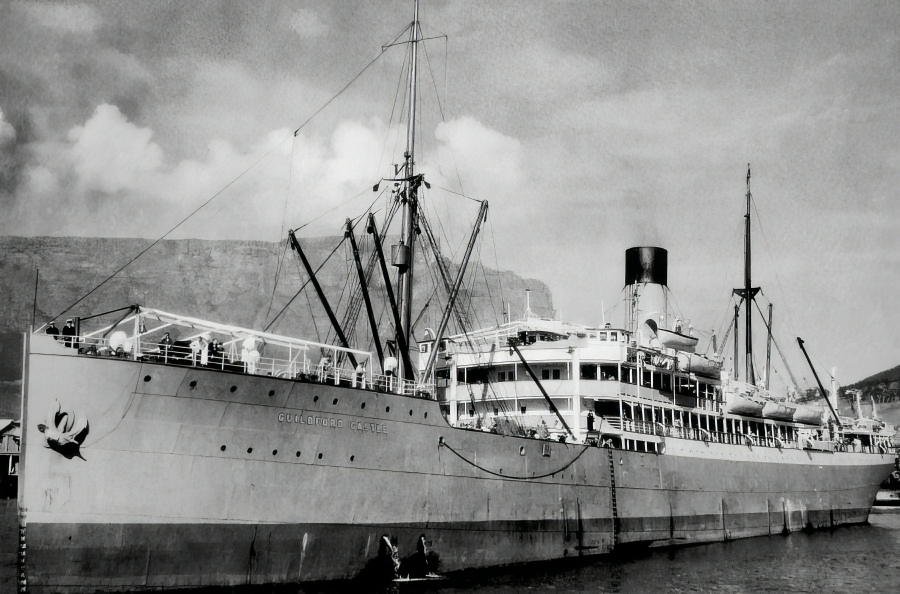
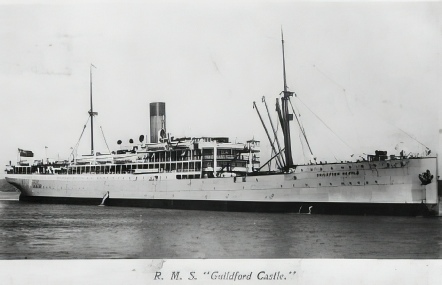
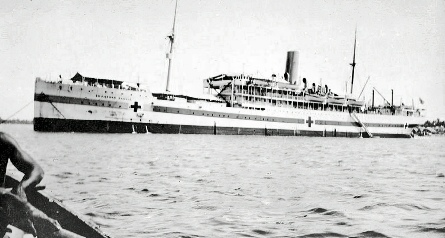
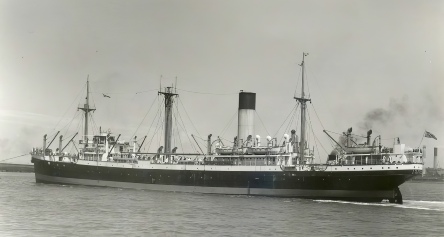
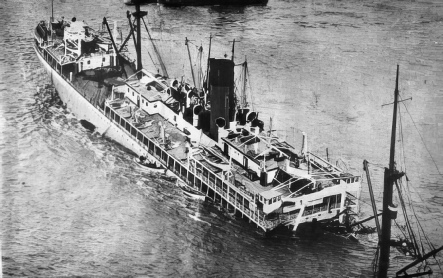
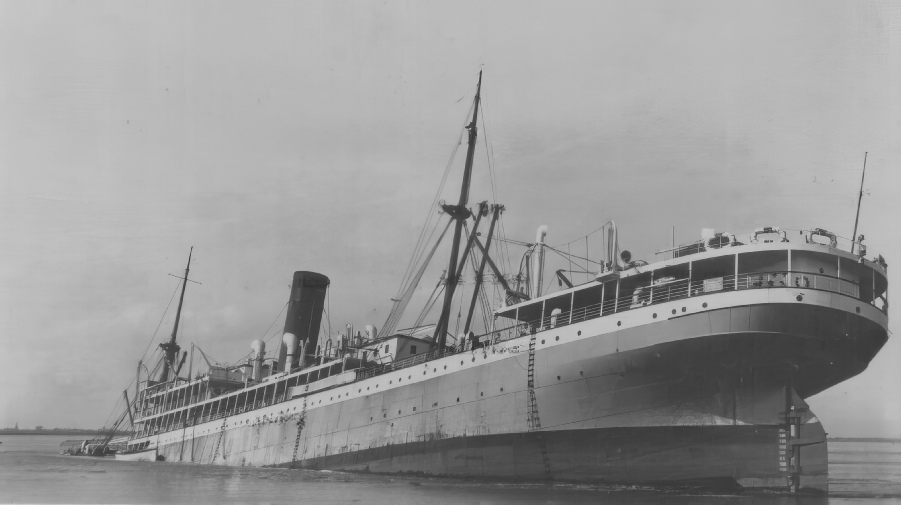
|
Vessel |
Built |
Tonnage |
Official No |
Ship Builder |
Engine Builder |
Engine Type |
HP |
Screws |
|
Guildford Castle |
1911 |
8036 |
132611 |
Barclay Curle Glasgow |
Barclay Curle Glasgow |
2 x Quadruple Expansion Steam |
3750 IHP |
2 |




